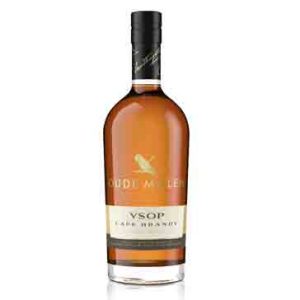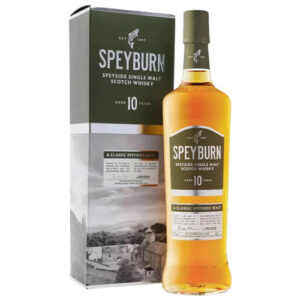Founded in 1995, Del Maguey Single Village Mezcal introduced the world to previously unavailable artisanal mezcal. Through deep cultural relationships with indigenous producers in Oaxaca and Puebla, Mexico, Del Maguey protects and preserves the ancient production processes that have been passed down generationally for hundreds of years. These traditional methods, combined with the diverse micro-climates and terroir of Mexico, give each expression a unique, complex character that celebrates the art of the family producer.
Climbing the rugged dirt roads high above San Dionisio Ocotepec, we discover the remote village of Las Milpas, a true example that “you don’t find Mezcal, Mezcal finds you.” Here, nestled among the cornfields overlooking rolling pastures, lies the palenque of Anastacio Cruz Antonio and his sons Rigoberto, Abel and Pedro. Their Single Village expression is crafted by roasting ripe agave Espadin in an earthen horno carved into the granite hillside. Roasted agave is milled using a horse-drawn molino and fermented using only ambient microbes and yeasts in open-air wooden fermentation tanks and twice distilled in small copper stills. Las Milpas offers a nose of slate and minerals, balanced by tropical fruit and citrus notes, with rose petal florals, lavender, tarragon, and pea shoots, that evolves into a long and pleasantly dry finish.
San Luis Del Rio has a spicy, fruity and smoky nose with a high note of citrus. It is creamy, smooth and warming to the palate with a clean finish. Two hours south of Oaxaca on a two-lane, potholed highway en route to the Gulf of Tehuantepec is the turnoff to San Luis Del Rio. One takes another 2 hours on a winding, rocky, dirt road. The pueblo is in a narrow, hot valley, with steep slopes full of Maguey Espadin. The Rio Hormiga Colorada (Red Ant River) flows through it. You may see Pacia-no Cruz Nolasco, tending his fields. Above the large fields of Maguey, the tops of the mountains are scattered with cornfields, Iguanas crawling across the road, the trees and cacti with Bromeliads growing on them.
Related products
Black Friday 2024
Gin Expedition
Spirits
WHISKY & COGNAC SELECTION
SPEYBURN 10 YO Single Highland Malt Scotch Whisky (1 x 750ml)
Spirits












